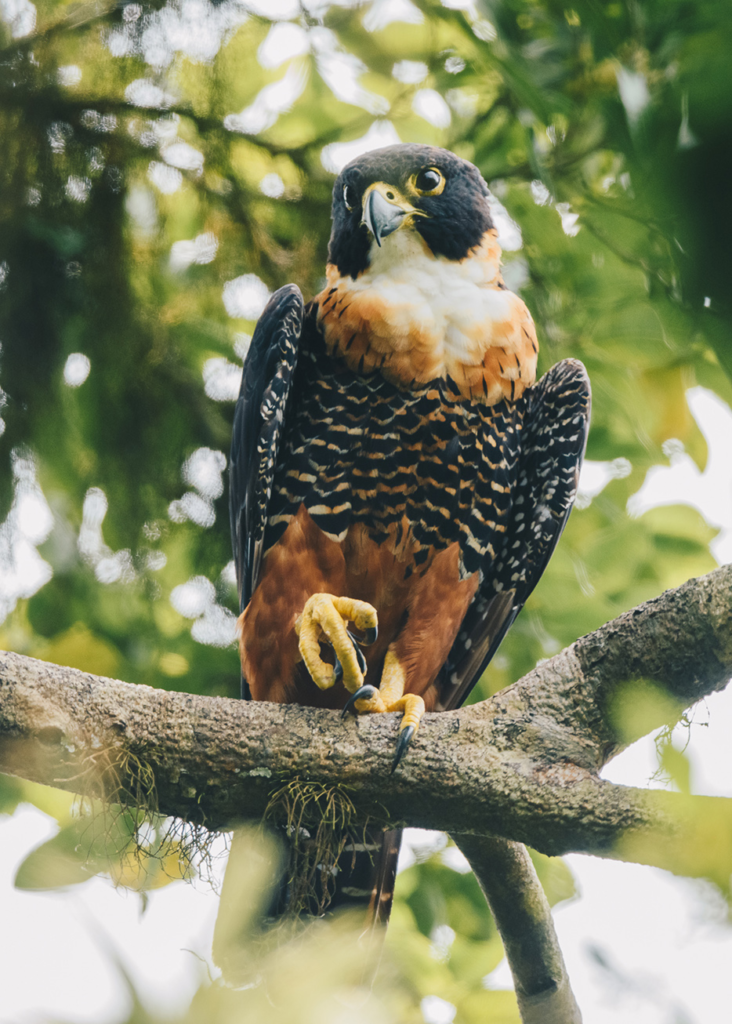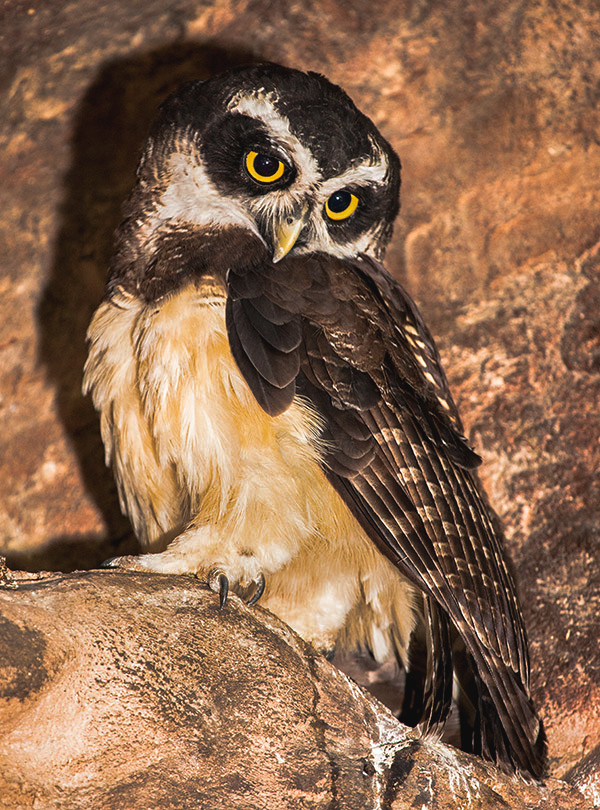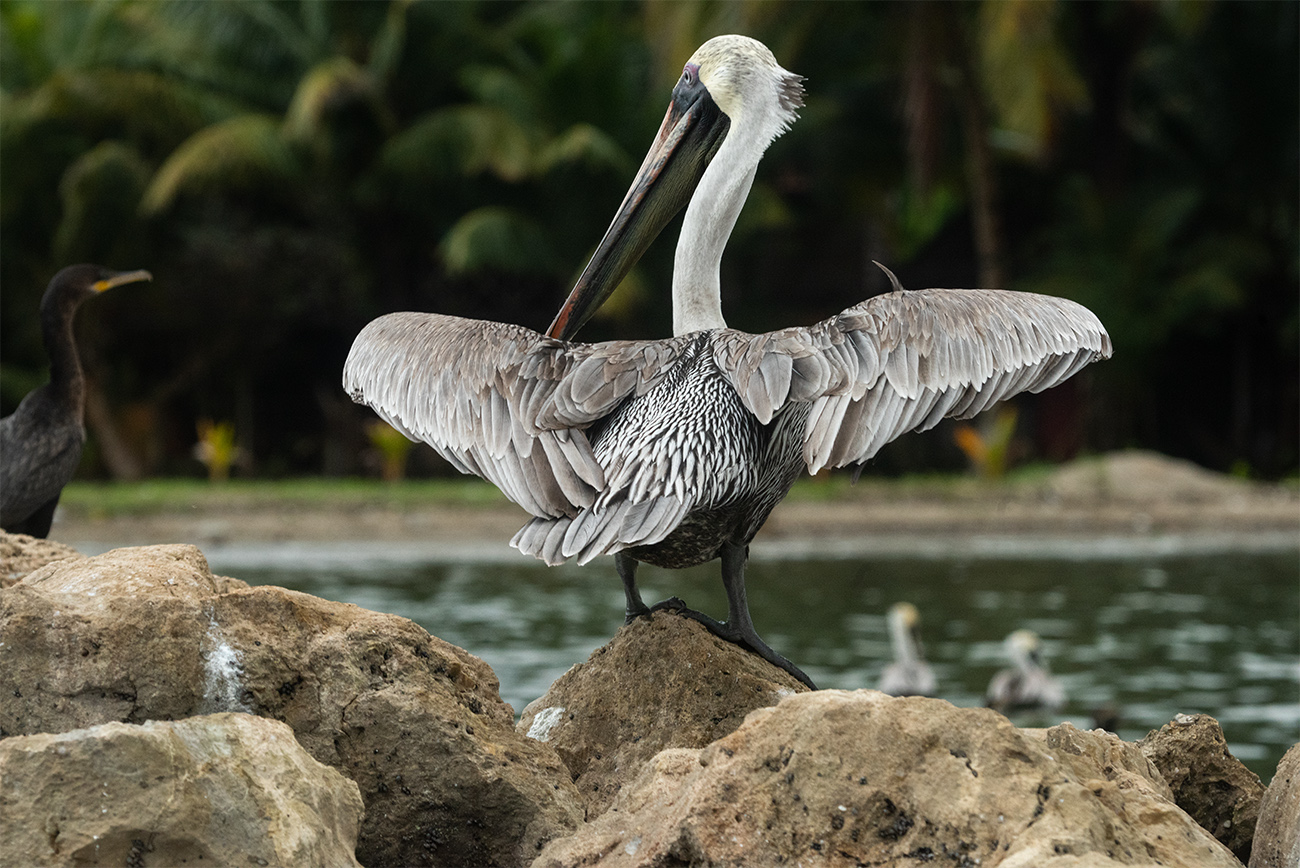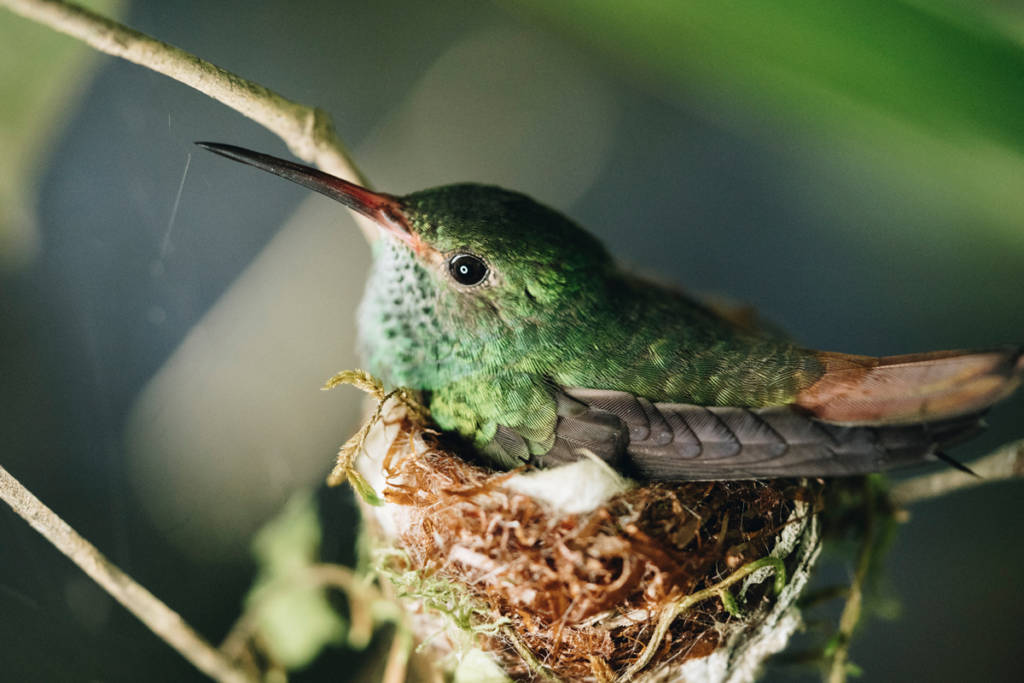Birds are one of the most widely distributed biological groups, with species present on all continents where they can live, reproduce and feed in different ecosystems. It is estimated that there are currently 11,362 bird species on the entire planet! That is almost a quarter of all animals in the whole world.
These amazing creatures are an essential element of our environment, since they perform many functions necessary for the maintenance and regeneration of our ecosystems. For this reason, January 10 is commonly known as the International Bird Day, but where does this celebration come from? And what do birds have to offer to the world that makes them very important and in need of protection?
Why do we commemorate birds on this day?
Although this date is not recognized by the main ornithological organizations in the world, it has been promoted by environmental movements and in the media in various countries of America and Europe. The origin of this celebration is not specified. It is attributed to Bird Life International, an organization that seeks the best way to promote the conservation of each species including those that are in extinction and highlights the importance of birds.
Either way, recognising this date is key because it can help to bring awareness on the importance of birds. It would help to encourage bird-faunal education campaigns to sensitize the public about the benefits that birds provide to our society. Also, on this date it is dry season in some places of America, and forest fires occur, so this commemoration would allow us to connect the two themes: fire prevention and the conservation of birds and ecosystems.
We think it is necessary to recognize and continue promoting January 10 as an auspicious date to talk about birds, value their importance, get closer to the public and promote environmental work in the world and in Latin America.
And what better way to celebrate this day than by learning about birds from around the world and their role in our ecosystems. As well as getting information on how to protect them and even entering the wonderful world of bird watching!
Keep reading to discover a little bit more about these magnificent flying creatures.
Birds are all over the world, in every place, literally…
Birds can live in a wide variety of habitats, depending on their needs and lifestyles. But the amazing thing here is that no matter where we go, we will always see birds above or around us.
There are birds that live in forests, jungles, wetlands, in the sea, in fresh waters and even in the city! Many birds do not only live in one environment and we can find them in different habitats, such as seagulls, which live both in marine environments and in cities, or the golden eagle, which occupies a wide variety of habitats, such as grasslands and forests.
And why do birds live in such different habitats? Well, the habitat is the physical space that provides each animal the requirements it needs to survive and reproduce, because it offers a place to feed and a place to nest. Some habitats present certain particularities that benefit different animals. For example, owls and orioles tend to live in forests where they are able to build their nests easily. Jungles have trees that produce fleshy fruits, making them the ideal habitat for frugivorous birds, such as the quetzal or manakins. On the other hand, wetlands work as great habitats for species that feed on aquatic invertebrates or aquatic plants. And marine environments provide an inexhaustible source of animal protein, which seagulls and cormorants tend to eat.
Another habitat for birds, incredible as it may seem, is the city. Urban birds use this artificial environment as an advantage, since food is abundant in these areas and the presence of predators is considerably reduced. The most common urban birds are: house sparrows, pigeons and grackles. We can also find birds of prey here, such as the peregrine falcon. In gardens we also tend to see birds that eat insects such as hummingbirds.
The FLAAR team has documented different species of birds over time, in different parts of Guatemala. Check out these photos of species from Petén, Livingston, and more!

Orange-breasted Falcon (Falco deiroleucus) at Parque Nacional Tikal, Petén, Guatemala. Photography by Haniel López, october 2022
Red capped manakin (Pipra mentalis) in Aldea Buena Vista, Izabal. They can be found in jungles. Photography by Ericka García, 2020

Oriole nests in Izabal. They can be found in the tropical forests of Petén, Alta Verapaz and Izabal. Photography by Nicholas Hellmuth, 2016.

Spectacled owls (Pulsatrix perspicillata) can be found in the jungle. Photography by Nicholas Hellmuth, 2014

Brown pelican (Pelecanus occidentalis) in Quehueche beach, Livingston, Izabal. Photography by Nicholas Hellmuth, 2021
The role of birds in our ecosystems
Birds, being part of ecosystems, are essential to maintain them through the environmental services they provide in the places they live in. These animals are also very important for the social and cultural development of people. Here is why.
- Some birds are excellent pollinators. Many bird species from temperate and tropical environments tend to search for nectar as a food source. Hummingbirds, for example, come close to the nectaries of the flowers and when trying to reach them, they touch the anthers of the flower with their heads, with which the pollen remains adhered to their beak and feathers (BirdLife International, 2018). Then they carry the pollen from one place to another and this way they promote the formation of forests, crops and guarantee us water, oxygen and food.
- They contribute to seed dispersal and fertility generation in soils. Birds can disperse seeds in two ways: (1) epizoochory, where the fruit or the seed is fixed to the plumage of the birds and in this way they transport it. And (2) endozoochory, where the bird eats the fruit with all its seeds, which have a resistant cover to gastric juice and exit through the digestive tract (Aguilar et al., 2013). In the long term, dispersal allows the growth of plant populations of various species, which in turn triggers other environmental services, such as the presence of organic matter in the soil, moisture retention and other benefits (Aguilar et al., 2013).
- Pest control in crops. Many birds have colonized the spaces inhabited by man and become predators of harmful fauna, by hunting and consuming these organisms, which are controlled in this way (Aguilar et al., 2013)
- Biological diversity indicators. A decrease in the population of a common species is an important indicator of the deterioration or disturbance of the environment where it is found, compared to another that has not been disturbed and where most of the species present sustainable populations. The use of bird species as indicators is done under the assumption that the responses of individual species can be representative of the response of the community of birds and other fauna (Aguilar et al., 2013).

Hummingbirds are known as flower pollinators. Photography by Haniel López, 2021. Livingston, Izabal
Birds are also a source of inspiration for arts and culture and religion; and they are also frequently used as symbols of shields, flags, and logos of countries, international organizations, companies, institutions, scientific organizations, etc; since they represent the highest values of humanity such as freedom, nobility, intelligence, value, among others (BirdLife International, 2018).
Despite all the benefits that birds provide us, currently, there are many specimens that disappear every day due to man’s mismanagement. According to the scientific community, there are around 11,000 species of birds on the entire planet, but “40% of bird species have lost part of their population in the last 30 years,” they stress from the association in defense of these animals, BirdLife International (2018).
So, how can I contribute to the conservation of birds?
You can start by taking action from home or in your city! Here are 5 ways to begin.
- Start promoting January 10 and similar dates as an opportunity to observe and protect the birds of your community. Social media nowadays is very powerful so don’t hesitate to share information on bird conservation, bird watching, or any type of information on behalf of these creatures.
- Stay away from participating in bird commerce. Don’t buy, lock or keep in captivity wild birds under any excuse. If a bird comes into your hands, take it to the closest animal shelter you know, or get in contact with a rescue center close to where you are from.
- Keep an eye out for illegal tree felling in your community. These practices should be controlled and led by specialists. If you see them being done incorrectly, reporting these actions to organizations that ensure responsible felling of trees in your local area, will prevent the destruction of the home of birds since it is their space to feed and reproduce.
- Do not allow children and young people from your community to have fun killing or hunting birds with slingshots or to catch them with excuses. This will alter their populations and can contribute to reducing the presence of species that are already in danger of extinction.
By doing these things, you will be contributing to the creation of a better world for birds, where they can exist calmly and in peace. And at the same time, we can enjoy watching them from a proper distance.
Curious about what birds you can spot in your neighborhood? Here are some tips for you to start bird-watching from your hometown.
- First, make sure to locate an area where there is a lot of vegetation. It can be a park, a path, or even your own garden. To increase the chances of seeing more birds, your sightings should preferably be between 6:00 a.m. and 10:00 a.m., in this time range you will find the most active birds since it is their preferred time to go out looking for a partner and/or food (De Olmo, 2009).
- When you have an estimated place and day for your first sighting, make sure you take a notebook with you, a pencil, your well-charged cell phone, and comfortable clothes for walking. Also, don’t forget a cap and sunscreen to protect yourself from the sun.
- We also recommend you make a list of the birds you observe and take note of as much information as possible. Like the color, size, and the shape of the bird, what it was doing, and if it was in the trees or on the ground. Add a detailed description of the area where you observed the bird. If paper notations are not your thing, there is a perfect app to make a virtual list of the birds you find: https://ebird.org/home. With this app, you can record your entire journey from start to finish and place all the species of birds that you see, as well as the number of individuals per species that you find.
- There are many urban birds in the world, and it is likely that at first, you will not be able to identify all the ones you see, but it’s ok. First, keep in mind that you are just starting out, if you make it a constant practice you will notice how over time you will be able to identify birds just by seeing them or even by listening to them sing. Still, to get started we recommend using the Merlin Bird ID app (https://merlin.allaboutbirds.org/). In it you can enter all the data of the bird you are observing and the system will give you a list of possible species according to your location.
And that would be all. Now, let the bird-watching journey begin!
Thank you for reading! You are officially ready to enter the world of bird watching. Always remember to observe them with respect and caution. Now you know a little more about why it is so important to take care of them and how you can transmit that respect for birds to the people from your community.
If you want to read more about bees, we suggest you check out our different reports on native birds in Guatemala.
Bibliography
- 2013
- Las aves del Jardín Botánico Regional de Cadereyta: Una presencia interpretada. Jardín Botánico Regional de Cadereyta, Querétaro, México. 99 pages.
- 2018
- El estado de conservación de las aves del mundo. 80 pages.
- 2009
- Manual para Principiantes en la Observación de las Aves. Bruja de Monte. 106 pages.


